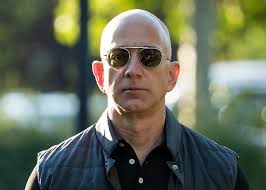
Warren Buffett’s theory of economic moats
Warren Buffett promulgated the famous theory that investors must seek companies that have a “moat” around them i.e. the ability to stave off competition and to thrive in the market place.
Warren explained that these moats, which could be in the nature of a strong brand, patent rights, monopoly rights, low cost manufacturing ability etc, enabled companies to keep a stranglehold over the market place whilst earning above normal profits.
Example of Coca-Cola and Eastman Kodak
Buffett cited two examples of companies which widened the moat and those that eroded it.
Coca-Cola, the manufacturer of cola drinks, continues to widen its “moat” despite competitive pressures from Pepsi and other cola manufacturers, because of the strong brand image that it has created, he opined.
He also explained that Coca-Cola’s foray into third World countries in Asia and Africa and setting up bottling plants therein is helping to strengthen the moat.
Billions of people in these continents are still thirsting for cola products and this gives Coke an insatiable customer base, Warren said.
He gave the contra example of Eastman Kodak, the manufacturer of cameras and photography films. The Company, which had an equally strong brand name saw some of the moat erode when Fuji Films, the Japanese behemoth, became the sponsor of the Olympic games.
The public in the USA, which hitherto had no idea that there are other trusted manufacturers of films, became aware of Fuji Films and its cheaper products and this weakened Kodak’s brand strength.
Of course, when Warren gave the example of Eastman Kodak, camera phones had not yet been invented.
Otherwise, he would have cited mobile phones as an example of how technology can destroy long-standing moats and render them worthless.
Classic business model vs. Modern business model
Akash Prakash explains that under the “classic” business model, it was easy for deep-pocketed manufacturers to create a moat for themselves with saturation advertisements in the media and buying premium shelf space in retail stores.
The high-decibel advertisements featuring celebrity endorsements coupled with omnipresence in shops created a dominant brand and “top-of-the-mind” recall amongst customers.
Per contra, the smaller manufacturers did not have the budget to compete with the behemoths and were unable to make their presence known to the customers.
However, under the “modern” business model reflected by e-commerce stores like Amazon, Flipkart etc, shelf space or positioning is no longer a concept or a constraint.
Customers browsing these online shops have a wide array of brands and products to choose from.
Also, the transparent pricing enables the customer to know how much of premium he is paying for so-called trusted brands and whether it is worth his while to do so.
The availability of unbiased reviews from other end users also helps customers shape their opinion about the new manufacturers.
“Internet power is shifting to the consumer and away from the retailer and manufacturer. Consumers are taking greater control of what, why and how they buy. They are better informed,” Akash Prakash says quoting Jeff Bezos, the Billionaire founder of Amazon.
“All the incumbent advantages (in the classic business model) are being disrupted”, he adds.
Gillette – Example 1 of disruption of a moat
Warren Buffett has cited Gillette, the global behemoth in shaving razors, as an example of an impenetrable moat on several occasions.
“If someone starts shaving with a Gillette Sensor Plus, they won’t go elsewhere in my view,” Warren said in 1997.
“A very high percentage of people who shave (including women) are happy with the product–it’s not expensive–and if you’re getting a great result, you’re not going to fool around,” he added.
“The difference between having great shaves and so-so shaves and pocks and nicks and scratches is 10 or 12 bucks a year. That is not the type of cost that’ll make people change their habits,” he further opined.
Yet, the fact is that an online seller called “Dollar shave club” set up by two youngsters disrupted the market place to such an extent that Gillette was forced to go down on its knees and drop prices by 20 per cent.
“In the old world, Gillette would have been perceived to have an insurmountable moat. It dominated the retail channel, had 70 per cent market share and 90 per cent of the industry profit pool. It sold a non-substitute consumable. No one would have even dared to challenge its market position .…Yet in less than five years, it was disrupted, lost share and forced to drop prices,” Akash Prakash explains.
“If Gillette can be disrupted so can almost any other brand,” he adds.
Patanjali – Example 2 of disruption of a moat
Patanjali is a textbook example of a johnny-come-lately which has disrupted the old war horses like Nestle, Unilever, Godrej, Marico, Britannia etc.
According to a report, Patanjali Ayurved has turned out to be the most disruptive force in the Indian FMCG market. It witnessed a whopping annual growth of 146% in fiscal year 2016 grossing a turnover of $769 million, whereas its peers including ITC, Dabur, Hindustan Unilever, Colgate–Palmolive and Procter & Gamble struggled to get a growth much less than double digit.
Billionaire Harsh Mariwala, the Chairman of Marico, defiantly called Patanjali “the most overhyped brand”.
However, prima facie, Harsh Mariwala may be in denial. The reality of the dominance of Patanjali is there for all of us to see.
Investors in denial about “nosebleed” valuations?
“Current valuations and investor thinking do not seem to be in line with the ongoing disruption in the consumer space,” Akash Prakash has warned in a grim tone.
He explains that the competitive advantage period for these companies has clearly shortened. However valuation multiples and investor psychology do not seem to have adjusted to the new reality.
Investors are still willing to pay exorbitant P/Es of 40-45 times earnings for the consumer brand franchises in the misconception that the moats are everlasting.
“If we do get even a mild derating, the stocks will be in trouble,” he emphasized.
Conclusion
Akash Prakash’s warning is timely. The era of paying high P/Es for so-called ‘moat’ companies is clearly over. We need to jettison these stocks from our portfolios and seek fresh pastures of low P/E stocks to graze upon!

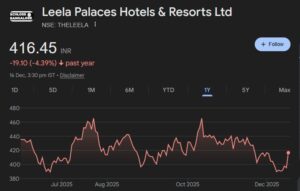
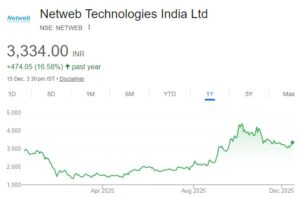
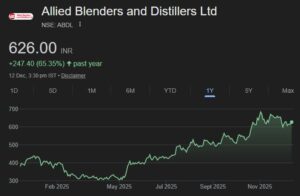
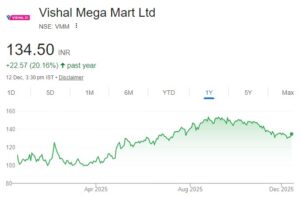
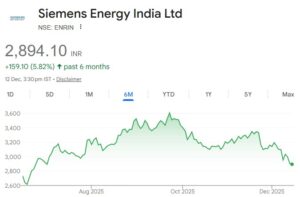
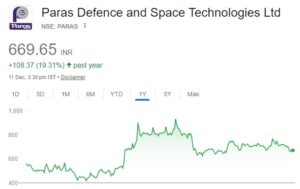
Good article and great thoughts by Akash
Hi
It may not be applicable to all.
What about companies like
Procter & Gamble
Maruti
Britannia &
Cogate
The sales volume of above may drop a wee bit but pricing power and innovation in products and presentation also matters.
Will anybody compromise on quality when concerned about personal and very personal hygiene products are concerned?
The view that Moat has become non existent by technological disruption can be contested. Moat does not ensure everlasting advantage but long lasting advantage.Moat has to be reinvented and improvised regularly after some interval. New brands carrying Moat has always been created in the past, that is why so many brands exist in the market. Patanjali with moat is new brand,emerged in the market.Each new brand with moat puts dent on the sale of competing brands.That emphasis the need for regular reinventing and improvisation. All products of Patanjali do not have same public acceptance . Hence, in my view, to invalidate significance of Moat should not be acceptable.
It’s correct. This is no moat anymore of having brands. Something like tci express is still a moat with hard entry costs and network setup. The remaining line nestle etc have been exposed.
Moat will still keep on commanding premium valuation in the market.How much multiple is justified,depends on on’s discretion.
Very true regarding Gillette. This article does not mention the tremendous threat faced by this company. With electric shavers now costing about Rs. 500 – 1000, and I am talking brands like Panasonic and agaro, not worthless Chinese crap, Gillette faces the same threat that camera film companies faced with the cellphone revolution. Just think, with an electric shaver, a user does not need shaving cream or after shave, so a reduction in cost, plus the convenience of a shave anytime anywhere with no risk of nicks and cuts. Of course most people will switch eventually. Moats are increasingly vulnerable now with leaps in technology.
difference being no one wants to use electric shavers.
People said such things about cars too, about a 100 years ago. How many cars have been sold since ?
Product’s Life Cycle,which is associated with usefulness of the product, should not be confused with Moat,which assures quality of the product ,if it is useful. Moat will have no value if product is not in use any more
This article could you a little critical thought. Prakash is right only when it comes to the retail industry where ‘moats’ were ALWAYS relatively narrow. Even in the heyday of American consumerism the big names we know today always had competition.
In other sectors of the economy where consumers do not have such power, various moats (i.e. not just brand value moats) can still exist.